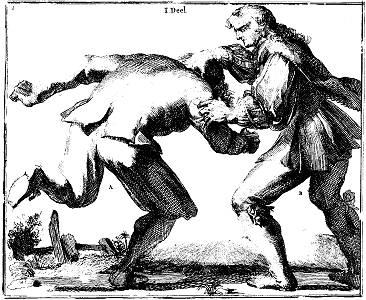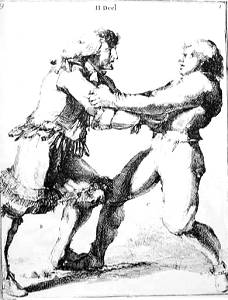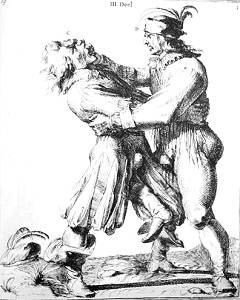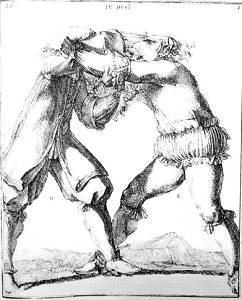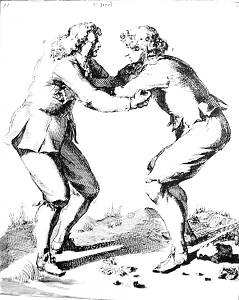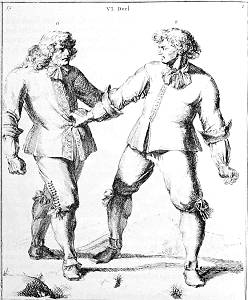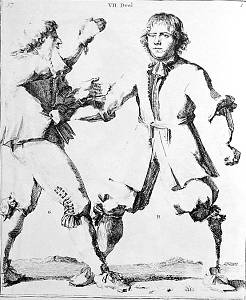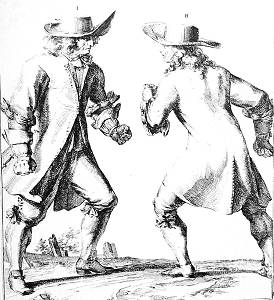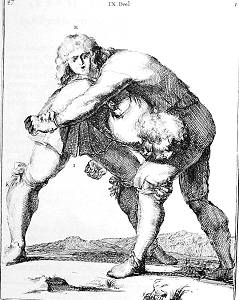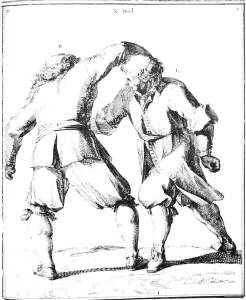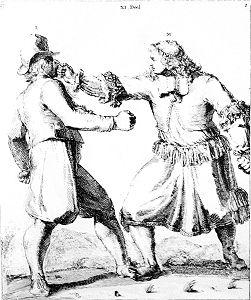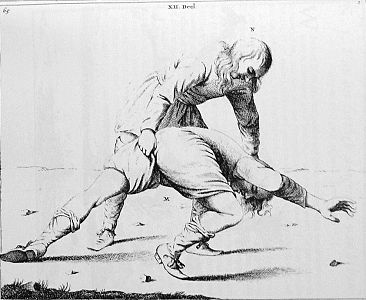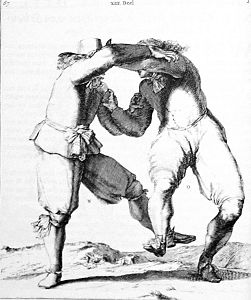Preface
The wisdom of the sharpest minds of this or past centuries, no matter
how admired they may be, would be soon lost, were it not for Writing. On
the other hand, practical experience and inventive study by a smart intellect
have given many new insights to this world.
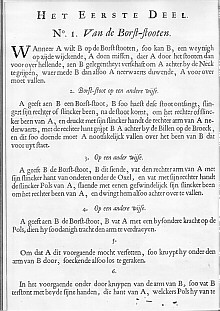 Practice perfects knowledge! It is not enough to understand matters
with a quick mind, only one who has practiced will be able to apply his
knowledge. There must also be instruction to make an art known to others,
without which it would disappear with him that invented it. Practice perfects knowledge! It is not enough to understand matters
with a quick mind, only one who has practiced will be able to apply his
knowledge. There must also be instruction to make an art known to others,
without which it would disappear with him that invented it.
Time, dedication, practice, and a quick mind are beneficial to give
this art its own life and also some finesse. The ever active intellect,
if it has been developed by continued practice and dedication, will give
its owner much joy and support.
Apelles could, only because of his trained mind, imitate nature with
paint and brush so well that it seemed nature itself had borrowed the shapes
of things from Apelles. Another artist will control his chisel with his
trained mind, to form stone in shapes for which nature should not be ashamed.
Indeed it would seem that while nature always strives for perfection, it
is in art that we see it more often displayed.
It is not my intention here to disparage nature, whose manifestations
fill us daily with wonder and amazement. I intend rather to represent the
actual character of an Art and to promote the reverence for her. In addition
I want it to be examined by everyone- the diligence and interest of everyone
should therefore be excited.
The forces which were lent to the human understanding by nature, are
not present alike in each art, and even if they were, then they would nevertheless
not be developed in the same way. Of two arts one is usually superior,
this is in general the one based on knowledge.
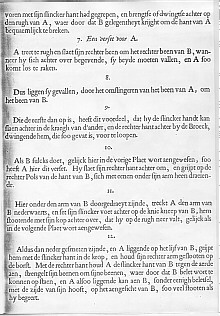 Most people do not seriously consider how they could secure themselves against all manner of abuse or assault, as might be leveled against them by evilhearted villains, eager for violence. Most people do not seriously consider how they could secure themselves against all manner of abuse or assault, as might be leveled against them by evilhearted villains, eager for violence.
Our wrestler has studied this problem, first developing his mind, then
looking for effective strikes and holds, by which one can defend against
violent attacks with shoves, punches or a knife. These he has practiced
diligently, and, to benefit the community, he has decided finally to compile
this instructional book on the art of wrestling. Cruel Death has untimely
taken him from us, before he could bring this project to conclusion. The
images had already been prepared during his life, ordered and provided
with explanatory captions to instruct the studious wrestler.
Therefore we no longer want to keep this excellent and useful art from
the world, particularly since many enthusiasts have insistently requested
its publication. We want to publish this also for the benefit of the world,
in that it may help check criminal violence.
Receive therefore this new, outstanding and useful art, of which no
man should remain ignorant, with friendly thankfulness. Study the techniques
diligently, and practice them. You will never regret the effort, on the
contrary, you will enjoy many good fruits from your labor, you will be
able to easily discourage and reduce aggressive behavior, and thus even
those ignorant of this art will benefit, as they too will be able to move
about in peace and unmolested.
To the Wrestling Enthusiast
Honored reader, this art is here presented in such way that everything
you may want to know about it, is duly described. You find here a very
clear ordering of all body parts. Which technique is appropriate for a
given attack, follows from the ordering of the illustrations, and so nobody
would confuse the fighters drawn, they are marked A and B, B and C, C and
D, and so on. And because variation is always pleasant, so sometimes A
will be the victor, and sometimes B. The different clothing worn by the
fighters shown on the plates, will also help to distinguish them by their
appearance, as will be noted by the attentive reader.
Those wanting to experience this art in reality, or wanting to receive
personal instruction, can contact Nicolaes Petter's student Robert Cors,
who has practiced all techniques many times with the master. He is prepared
to instruct interested parties in these techniques for reasonable remuneration.
He can be reached at the Witwe house of Nicolaes Petter on the Prinsengracht
in the Gustavusburgh not far from the combat academy. There all lovers
of this wonderful art will find such complete joy, that they will feel
indebted forever.
Use this art to your advantage, but may you always gratefully remember
the one that gave this art to you. Then the future will see others, who
by their trained mind will continue to enrich the art with new techniques.
Live well!
|
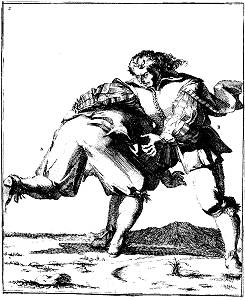 Prof. Sydney Anglo calls Petter's book "historically speaking,
the most important treatise on unarmed combat ever printed... the finest of all wrestling books and deservedly the most famous" (The Martial Arts of Renaissance Europe, p. 190). It was first published in 1674 and reprinted several times, including one complete plagiarism. The combination of Petter's lucid descriptions, devoid of all jargon, and de Hooge's masterful depiction of pain and violence in the engravings, elevates the book to its position of solitary eminence. It is also probably unique in presenting an effective and complete unarmed combat system in a format from which it would be actually possible to learn.
Prof. Sydney Anglo calls Petter's book "historically speaking,
the most important treatise on unarmed combat ever printed... the finest of all wrestling books and deservedly the most famous" (The Martial Arts of Renaissance Europe, p. 190). It was first published in 1674 and reprinted several times, including one complete plagiarism. The combination of Petter's lucid descriptions, devoid of all jargon, and de Hooge's masterful depiction of pain and violence in the engravings, elevates the book to its position of solitary eminence. It is also probably unique in presenting an effective and complete unarmed combat system in a format from which it would be actually possible to learn. 


